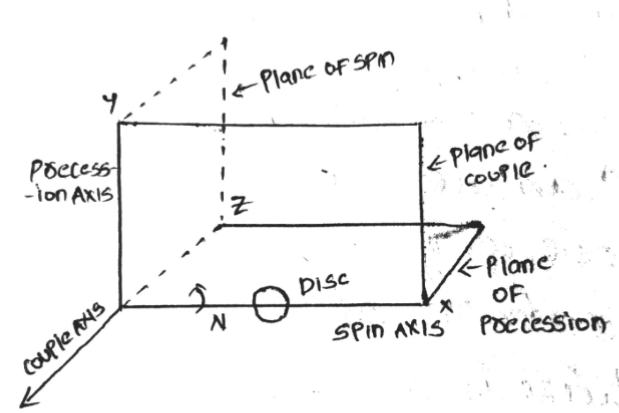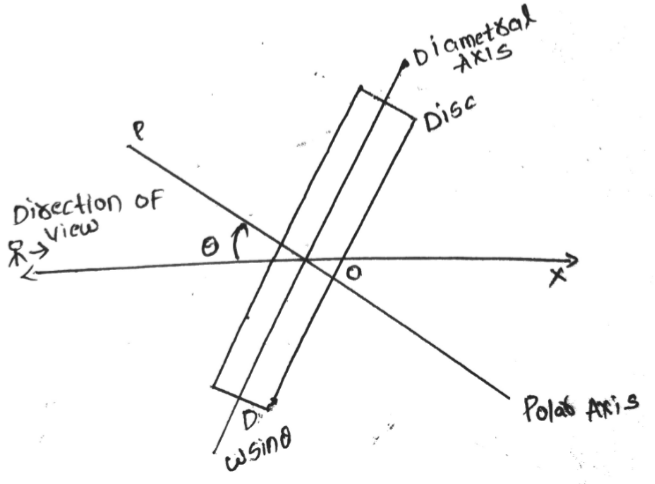The angle of attack (AOA) is a fundamental aerodynamic parameter that describes the angle between the chord line of an airfoil (such as an aircraft wing or control surface) and the oncoming air or relative wind. In simpler terms, it is the angle at which the airfoil meets the oncoming air.
Key points about the angle of attack:
- Definition:
- The angle of attack is the angle between the chord line (an imaginary line connecting the leading edge to the trailing edge of the airfoil) and the oncoming air or relative wind.
- Importance in Aerodynamics:
- AOA is a critical parameter in aerodynamics because it significantly influences the lift and drag forces experienced by an airfoil. It is a key factor in determining the overall aerodynamic performance of an aircraft.
- Zero Angle of Attack:
- At zero angle of attack, the chord line aligns with the oncoming air, and the airfoil experiences minimal lift. This condition is often referred to as the “zero-lift angle of attack.”
- Positive Angle of Attack:
- When the leading edge of the airfoil is raised above the chord line, creating a positive angle of attack, lift is generated. Positive angles of attack are crucial during takeoff, climb, and other phases of flight.
- Negative Angle of Attack:
- If the leading edge is lowered below the chord line, creating a negative angle of attack, lift is reduced, and the airfoil may experience more drag. Negative angles of attack are often associated with descent and landing.
- Critical Angle of Attack:
- The critical angle of attack is the maximum angle at which an airfoil can maintain attached airflow over its surface before experiencing a stall. Beyond this angle, the airflow separates from the upper surface, leading to a stall.
- Stall Angle of Attack:
- The stall angle of attack is the specific angle at which a stall occurs. It is usually slightly higher than the critical angle of attack. When a stall occurs, lift decreases abruptly, and the aircraft may experience a loss of control if not properly managed.
- Effects on Lift and Drag:
- AOA affects the ratio of lift to drag. As the angle of attack increases, lift generally increases, but so does drag. Pilots and engineers must carefully consider the trade-off between increased lift and the potential for increased drag.
- Adjustment during Flight:
- Pilots can adjust the angle of attack during flight using control surfaces such as ailerons, elevators, and flaps. Proper management of the angle of attack is essential for controlling the aircraft’s attitude and performance.
- Importance in Aircraft Design:
- Engineers consider the optimal angle of attack for various flight conditions during the design phase. It plays a crucial role in determining the efficiency, stability, and overall aerodynamic characteristics of an aircraft.
In summary, the angle of attack is a key factor influencing lift, drag, and overall aerodynamic performance. It is actively managed by pilots and engineers to ensure safe and efficient flight.
To know about camber: Click Here
To know about Profile center line: Click Here
To know about Chord line: Click Here
Frequently Asked Questions – FAQs
- What is the angle of attack in aviation?
- Answer: The angle of attack is the angle between the chord line of an airfoil (such as an aircraft wing) and the oncoming air or relative wind. It is a crucial parameter that influences the aerodynamic performance of an aircraft.
- Why is the angle of attack important in aerodynamics?
- Answer: The angle of attack is important because it significantly affects the lift and drag forces experienced by an airfoil. It is a key factor in determining the aircraft’s overall aerodynamic behavior.
- How is the angle of attack measured or determined during flight?
- Answer: The angle of attack can be measured using angle of attack indicators or sensors on the aircraft. These instruments provide pilots with information about the angle between the chord line and the oncoming air.
- What happens at a zero angle of attack, and why is it significant?
- Answer: At a zero angle of attack, the chord line aligns with the oncoming air, and the airfoil experiences minimal lift. This condition is often referred to as the “zero-lift angle of attack.”
- How does the angle of attack influence lift and drag?
- Answer: An increased angle of attack generally increases lift, but it also increases drag. Pilots must carefully manage the angle of attack to balance the need for lift with the desire to minimize drag.
- What is the critical angle of attack, and why is it important in aviation?
- Answer: The critical angle of attack is the maximum angle at which an airfoil can maintain attached airflow before experiencing a stall. Beyond this angle, the airflow separates from the upper surface, leading to a stall.
- How does the angle of attack impact the stall characteristics of an aircraft?
- Answer: Exceeding the critical angle of attack can lead to a stall, where the airfoil loses lift abruptly. Pilots need to be aware of and manage the angle of attack to avoid stalls, especially during critical flight phases.
- Can the angle of attack be adjusted during flight, and if so, how?
- Answer: Yes, pilots can adjust the angle of attack during flight using control surfaces such as ailerons, elevators, and flaps. These adjustments help control the aircraft’s attitude and performance.
- How is the angle of attack considered in aircraft design?
- Answer: Engineers consider the optimal angle of attack for various flight conditions during the aircraft design phase. The angle of attack is a critical parameter in determining the efficiency, stability, and overall aerodynamic characteristics of an aircraft.
- What is the significance of the stall angle of attack, and how is it related to stalls?
- Answer: The stall angle of attack is the specific angle at which a stall occurs. It is usually slightly higher than the critical angle of attack. Understanding and managing the stall angle of attack is crucial for preventing stalls and maintaining control during flight.

